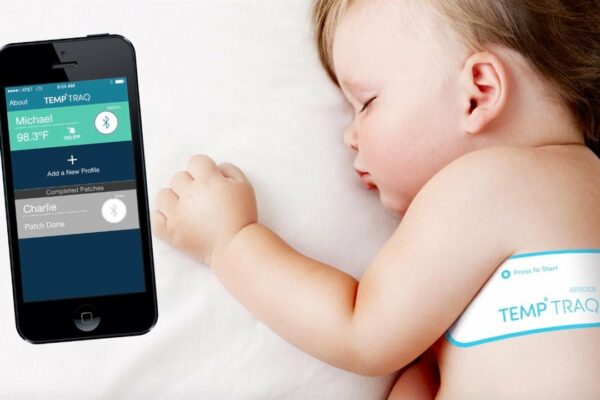
Although blood hemoglobin (Hgb) testing is a routine procedure in a variety of clinical situations, noninvasive, continuous, and real-time blood Hgb measurements are still challenging. An algorithm that computes hemoglobin levels from a smart phone image of the inner eyelid provides a non-invasive measurement, a new study suggests. The experimental app analyzes an eyelid image, breaking it down into its component wavelengths, then converting the resultant spectra into a hemoglobin level.
Optical spectroscopy can offer noninvasive blood Hgb quantification, but requires bulky optical components that intrinsically limit the development of mobile health technologies. In this study, spectral super-resolution (SSR) spectroscopy was used that virtually transformed the built-in camera (RGB sensor) of a smartphone into a hyperspectral imager for accurate and precise blood Hgb analyses.
Using an algorithm, the researchers could reconstruct detailed spectra from three color RGB data. The app compares the new information with information from a training set consisting of images and hemoglobin levels from 138 volunteers.Peripheral tissue imaging with a mobile application is further combined to compute exact blood Hgb content without a priori personalized calibration. The team selected the inner eyelid as the sensing site because the microvasculature there is quite visible. Furthermore, the inner eyelid’s spectra are not affected by skin color.
The app’s initial test results were within 6.01% of the actual blood draw measurements. In the future, the app will have to be tested in a larger population. Since SSR does not require additional hardware accessories, the method is simple and affordable to apply.
Source